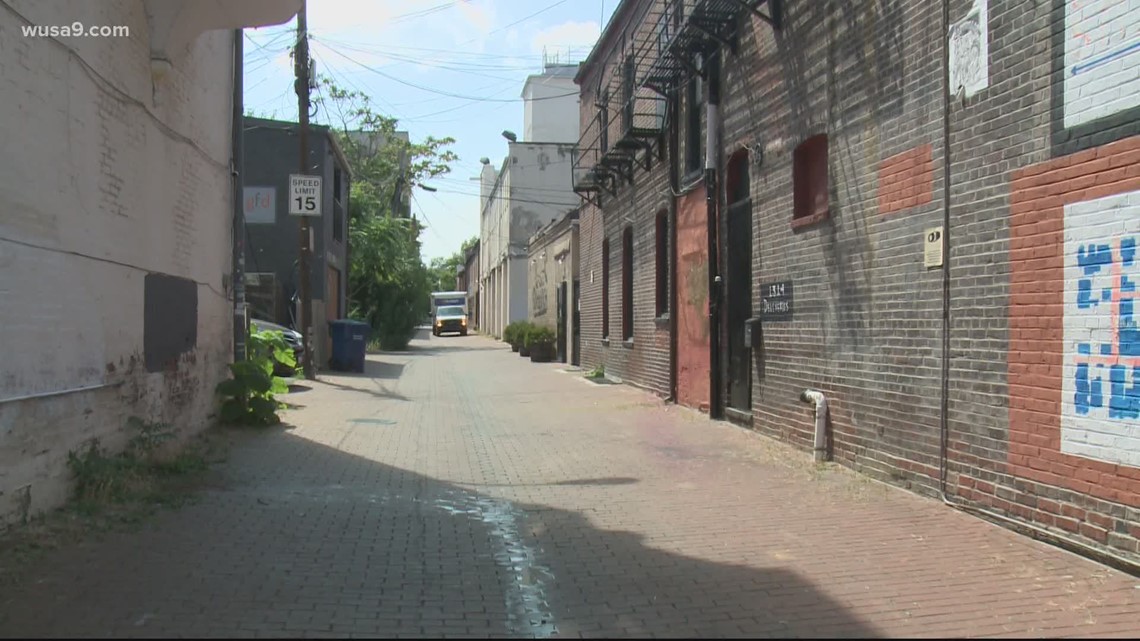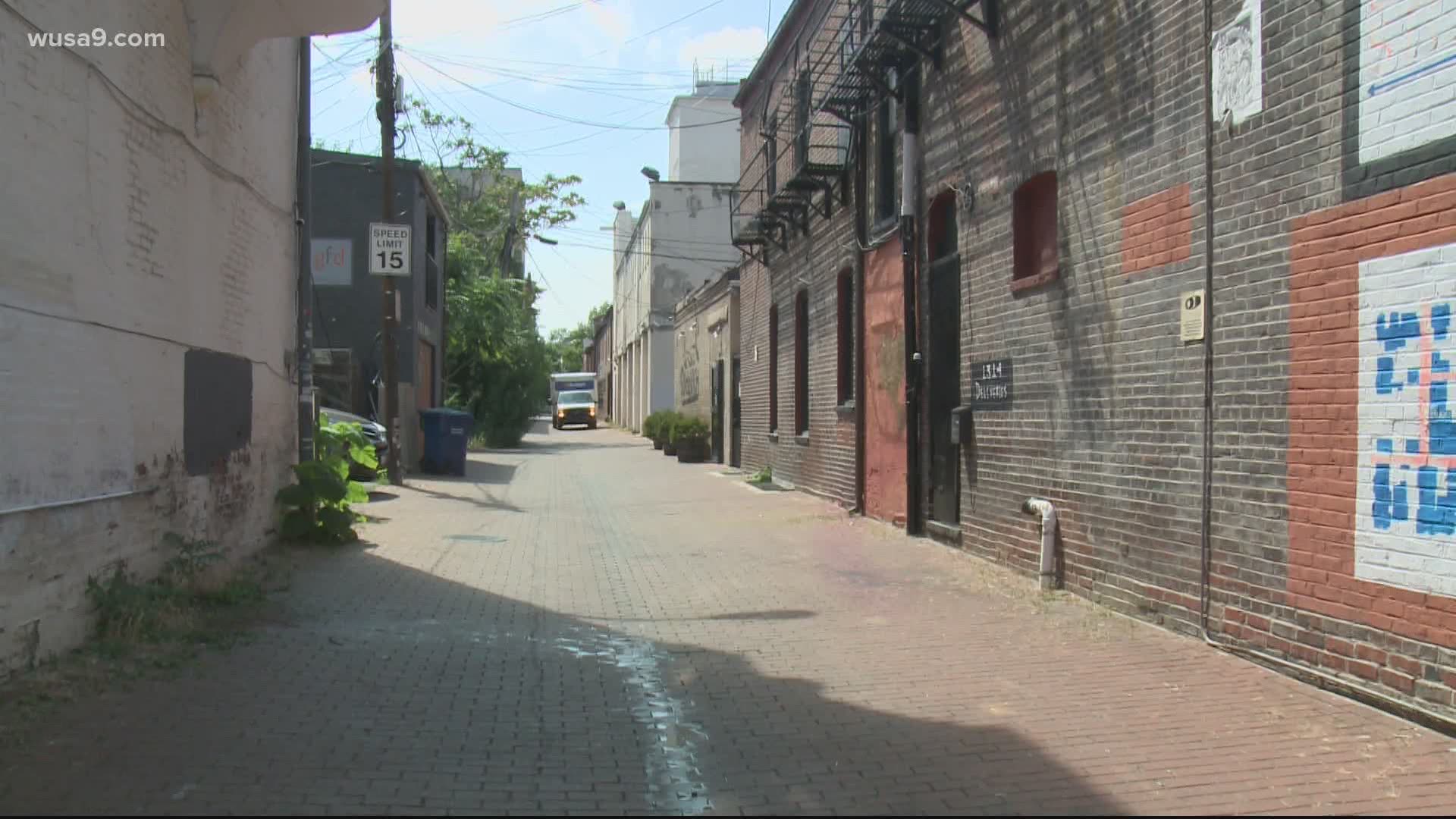WASHINGTON — Picture this, if you will: two row homes on the opposite side of a skinny alley. Well, when D.C. was planned, they didn’t just make alleys, they accounted for big plots of land on either side of the skinny alley.
Those plots of land are what’s known as alley lots. Some people want to build on those lots, but face big restrictions. The D.C. Zoning Commission is voting on whether or not change that.
"One of the things that I think residents and visitors of the district love is stumbling upon certain alleys throughout the city," Capitol Hill ANC Corey Holman said. "You know, Blagden Alley, Naylor court (over in Shaw) and then over on Capitol Hill some of the residential alleys [like] Browns Court [and] Library Court…are sort of two really quirky fun residential alleys."
Holman points out areas that he said he’d like to see more of in the district. He said what makes areas like Blagden Alley unique is that residences have been built on what’s called alley lots -- something that he said it's difficult under current zoning laws
"Property owners on alley projects, in the past, and have run into roadblocks," he said.


According to D.C.’s Office of Planning, there are hundreds of alley lots in the district. They are labeled as either tax lots or record lots. Now, this may seem odd, but you cannot build on a tax lot, but you can build on a record lot.
The D.C. Office of Planning wants to make it easier for property owners of tax lots to convert them to record lots. It all comes down to changing the wording on the books. A nice byproduct of that could be putting a small dent in the District's housing crisis.
WUSA9 looked at the variety of alley lots that currently exist in the district -- some are vacant, others have garages and some have small houses. Andrew Trueblood, the Director of the District’s Office of Planning, believes that these alley lots can be converted into residential units that are affordable to more people.
"The nature of these lots, they tend to be smaller, so the type of housing that would be produced here might be less expensive housing [than] in some of these more expensive areas," Trueblood said. "And so whether or not it's subsidized or officially affordable by our standards, we think it could produce moderate/ modest priced housing in some of these really critical areas of the city."
Trueblood said Capitol Hill is a great example of a location with many alley lots that could be converted to residential units.
"These empty lots in alleys could house people in places where there are great amenities, where we have Metro service, we have good schools we have all sorts of things that are desirable, and can help produce more housing opportunities in the city that we need as many as we can get," Trueblood said
Holman said most people don’t know how their alley is classified by the recorder of deeds.
If you have an alley behind your house, you can go to PropertyQuest.DC.gov, find your address and see how it is classified and if it can be used to build a residential unit.

